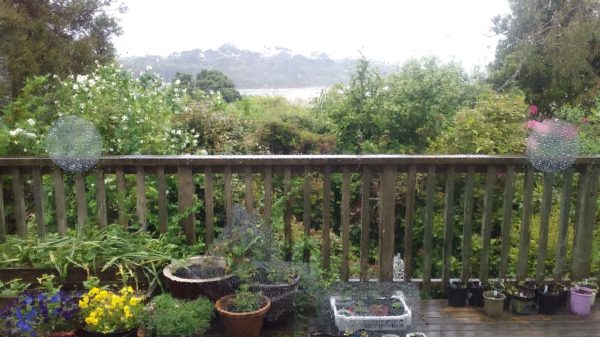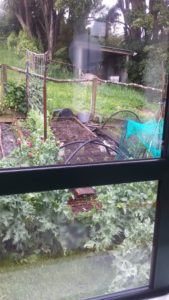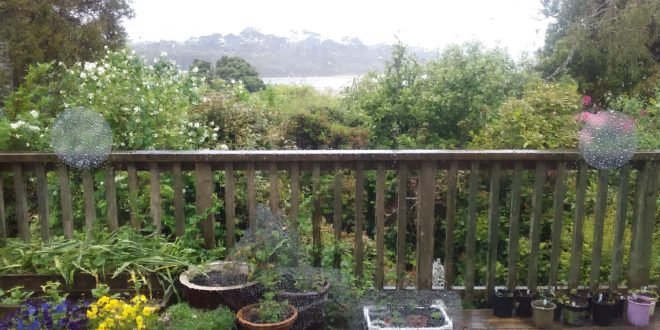Each year, hundreds of native and exotic birds die in and around properties all over New Zealand – and we’re not even talking about birds that are preyed upon by cats. The hazard that takes its toll on our avian friends is window glass, and if doesn’t immediately kill birds on impact, the animals later die from horrific and painful chest, head and bone injuries. Fortunately, there is something we can all do to prevent window strike collisions, and save the lives of the wild creatures we most love to have in our gardens.

Why do birds hit our windows?
Glass, especially clean glass and double glazing, is a magnet for flying birds. With its reflective capabilities, glass can appear to birds to be part of their natural environment. Instead of glazing, they see clouds, trees and plants. When they fly, and especially when startled so that they have little time to consider the path they will take, they dive straight into the reflection with disastrous results. Sometimes, a bird will see its own reflection in a window, and attack it in self defence or as prey. Even in cases where little or no reflection is evident in a window, birds can still make the fatal mistake of flying into them. This is especially the case where two windows in a room line up, offering what appears to be a clear flight path through a building.
Night-flying birds such as our native owl, the ruru, are also in danger from windows. Although the reasons why are not yet fully understood, night lights can often throw wild birds off their flight paths. There is also the potential for night hunting birds to hit glass as they fly towards lights to capture the insects they feed on.

Why injuries are usually fatal
The part of a bird most likely to be damaged in a window strike is its chest, and therefore its heart. The crop, which is also found in a bird’s chest, will likely rupture in a strike, while multiple fractures to vital bones such as the keel and scapula are common. Broken bones can easily puncture the heart and lungs.
How to avoid bird window strike
It is not difficult or expensive to reduce the chance of bird strike once we know how. The answer lies in easy-to-afix UV window stickers, commonly known as decals. The translucent stickers cause minimal disruption to views from our rooms but are clearly visible to birds. While the internet abounds with online opportunities to purchase these decals, often at great expense, we have our own affordable, home-grown supply available from Kereru Brewing. Each sticker is sufficient to monitor .9 of a metre of glass, and with 5 stickers costing only $6 (including post) there’s no reason not to order yours now. The stickers also make excellent Christmas gifts.
What do do if you find a window-strike injured bird
If you come across a bird injured by window strike, watch from a distance for 5-10 minutes to see if it recovers (don’t leave it unattended or it may be preyed upon by cats or stoats). If the bird does not move from the spot, pick it up gently and placed it in a carton, lined with a soft cloth. Close the lid. Leave the bird in a cool place where it is safe from animals. Every 15 minutes, for an hour, take the carton outside and lift the lid to give the bird the opportunity to fly away if is capable (never try to assist it in doing so). If the bird does not recover within after this period, call the DOC hotline (0800 368 468) for advice on where it can be taken for medical attention.









Join the Discussion
Type out your comment here:
You must be logged in to post a comment.